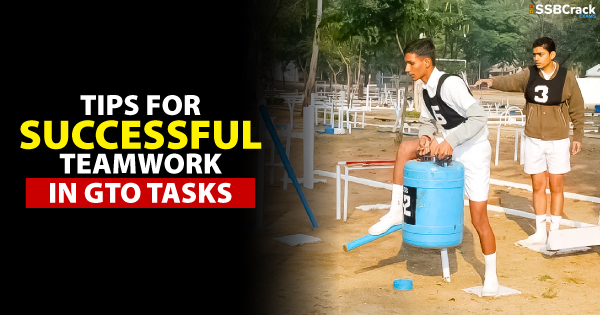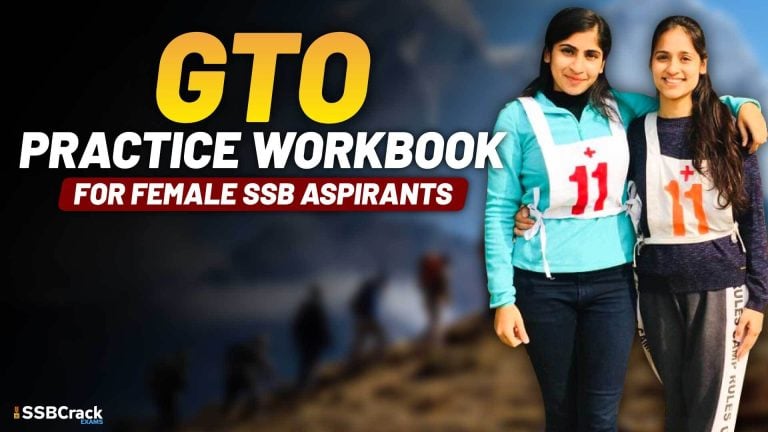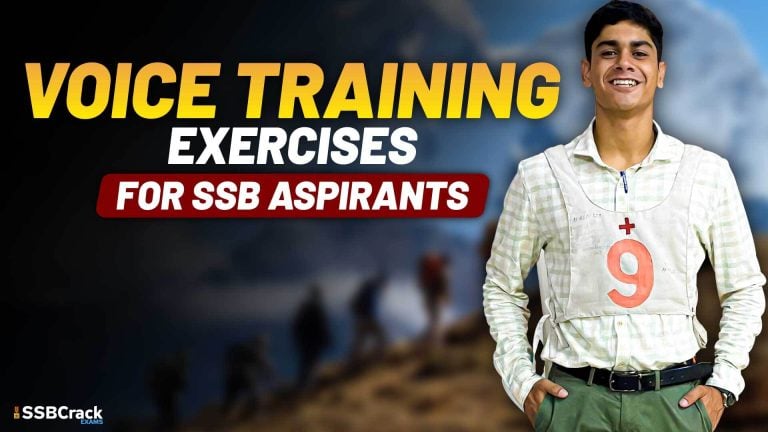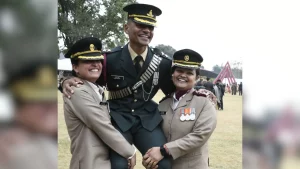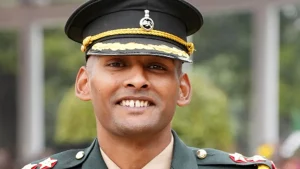The GTO task (Group task) or technique consists of a number of different leaderless group situations (except Command Task), in which candidates have the freedom to choose their own behavioural and social roles, priorities for action and engage themselves in collective group activities. To check the performance of candidates in a real environment is a difficult issue, and is practically infeasible and unviable. Group tasks are designed in such a manner that they assess the practical profile of the candidates and how well they perform in groups under pressure.
Therefore for successful completion of a task, the group must stay in cohesion and show a sense of responsibility, teamwork, and cooperation. Qualities like physical and mental toughness, determination and courage, team spirit, attitude towards the group, adaptability of the situation, ability to initiate, and interest and enthusiasm in the task of the candidates are inspected by the GTO. Some groups exhibit effective teamwork and some remain dysfunctional. Effective teamwork is both radically simple and difficult at the same time.
We are suggesting you few tips that recount the conditions that must occur within the group for successful teamwork to take place. Successful teamwork is the foundation for the effective functioning of a group.

- The group needs to understand the goals and should be committed to attaining them. This clear direction and transparent agreement on the purpose and objective is essential for productive teamwork. Group members must agree upon an overall mission and work to achieve it. This group clarity is reinforced when the GTO (Group Testing Officer) has clear expectations for the group’s work, accountability, and outcomes.
- The group must create an environment in which members are comfortable taking reasonable risks in communicating with each other, advocating positions, and taking actions in the common cause. All members must trust each other and not punish or blame or act dominantly for disagreeing.
- Communication must be open, honest, and respectful. Teammates should feel free to express their thoughts, opinions, and potential solutions to the problems anticipated in the tasks. All members must be heard out and listened to by other teammates. They must ask questions for clarity and spend their thought time listening deeply rather than forming rebuttals while their co-mate is speaking.
- Team members must have a strong sense of belonging to the group. They must experience a deep commitment to the group’s decisions and actions. This sense of belonging is enhanced and strengthened when the group spends time to develop goal-specific norms and guidelines together.
- View group members as unique people with invaluable and unparalleled experiences, points of view, knowledge, and opinions to contribute. Above all, the purpose of forming a group is to take advantage of the differences. So, take inputs from all, the more divergent opinions and suggestions you receive as a group, the wider range of options you have to implement to tackle the tasks.
- Expect and accept Creativity, innovation, and different viewpoints and encourage as much as possible. Comments such as “what a dumb idea” must not be allowed or supported by the group.
- Constant examination of the group itself. Scrutinize the activities, practices, and actions taken in the team and the interaction of the group members. Discuss openly what is hindering the group’s ability to move forward and progress in areas of efforts, planning, and strategy.
- The group must agree upon the undertaking of diagnosing, analysing, and resolving group problems and conflicts. As a team, you must not support member personality conflicts and clashes nor do pick sides in a disagreement. Rather, work towards the mutual resolution of problems and disagreements.
- Practice Participative leadership. A good leader leads by example. Hence, come forward and do the work instead of ordering something. Come in front and make the bridge, but do not fight for it with anybody, say politely that you have got an idea and would like to implement it. Assign tasks, record mutual decisions, assess progress, hold group members accountable, and provide direction to the group.
- Make high-quality decisions together as a team and have the support and commitment of the group to carry out the mutual decisions made.
- Never lose temper or shout at others, but be patient and cheerful and show a friendly and cordial approach in the group.
- Do not waste time in indecisiveness. Be active and do everything possible in coordination and cooperation with your teammates.
- Use every member of the group wisely according to their weight and height. Do not impose an idea or suggestion on any member if he/she is incapable or hesitant to do it.
If a group can get these ten factors right, it can successfully end a task with satisfaction and contentment. It is not always the task or obstacle at hand that challenges the groups in their progress, it’s the relationships and the little things that happen at those moments.
